5 Best Practices for Buying Used Medical Equipment: A Comprehensive Guide
In recent years, the demand for Used Medical Equipment has surged as healthcare facilities seek to balance quality care with budget constraints. According to a report by Grand View Research, the global used medical equipment market is projected to grow significantly, expected to reach USD 19.4 billion by 2025, driven by factors such as rising healthcare costs and the increasing need for more cost-effective solutions. However, purchasing pre-owned medical devices comes with its own set of challenges. Ensuring the equipment's safety, reliability, and compliance with regulations are critical to avoid pitfalls that could jeopardize patient care. To navigate this complex landscape effectively, healthcare professionals must adhere to best practices when acquiring used medical equipment.
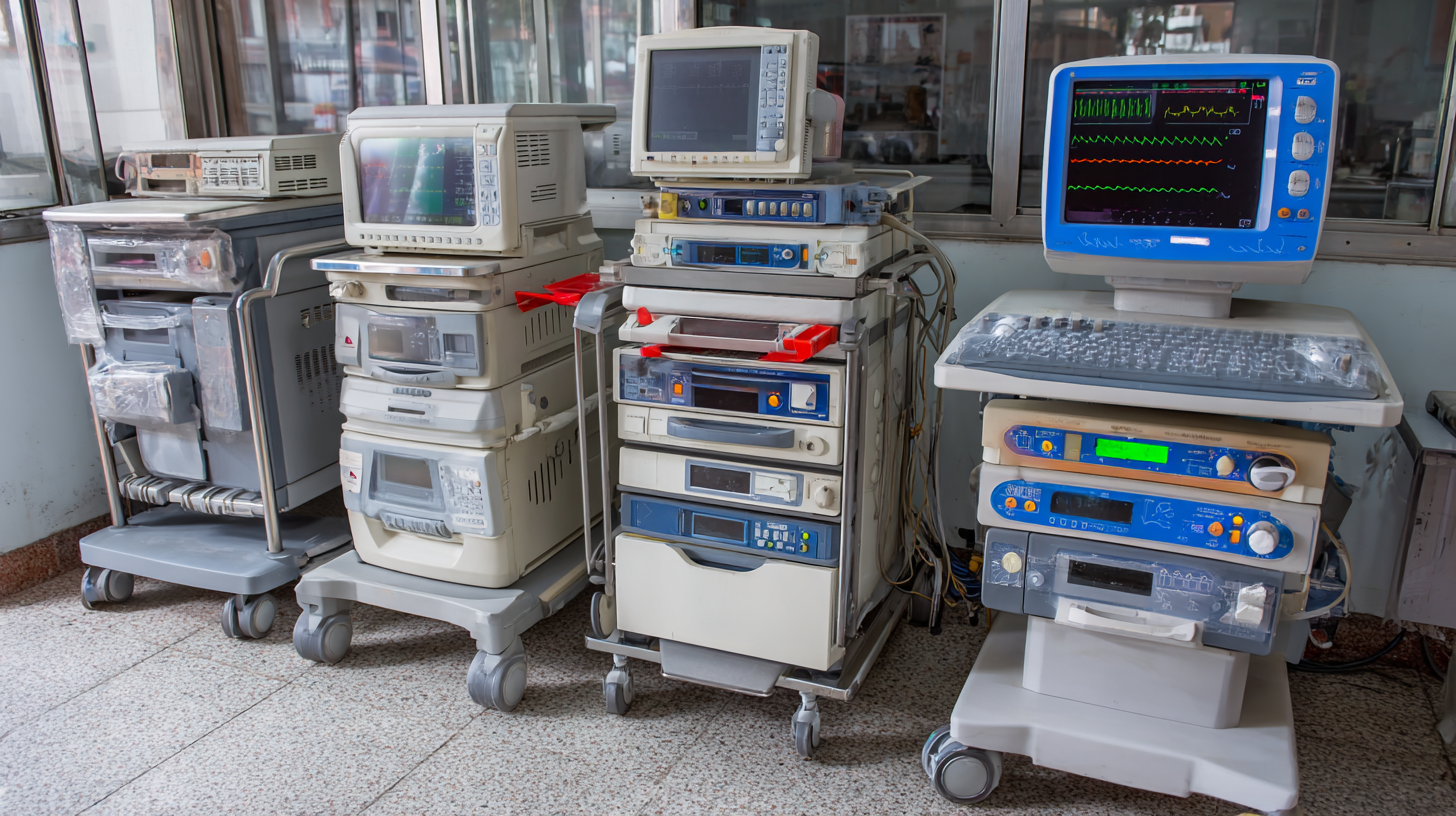
This comprehensive guide will explore key strategies to optimize the purchasing process, ensuring that facilities can leverage the benefits of used devices while maintaining high standards of quality and safety.
Understanding the Importance of Certified Pre-Owned Medical Equipment in Healthcare Facilities
In the ever-evolving landscape of healthcare, the significance of certified pre-owned medical equipment is paramount. The latest industry reports highlight that nearly 80% of healthcare facilities prioritize cost management, which often leads them to consider used medical devices. However, the reliability of these devices hinges on proper certification. Equipment that is certified pre-owned goes through rigorous testing and adheres to safety standards, ensuring that it meets the operational needs of healthcare providers while also protecting patient safety.
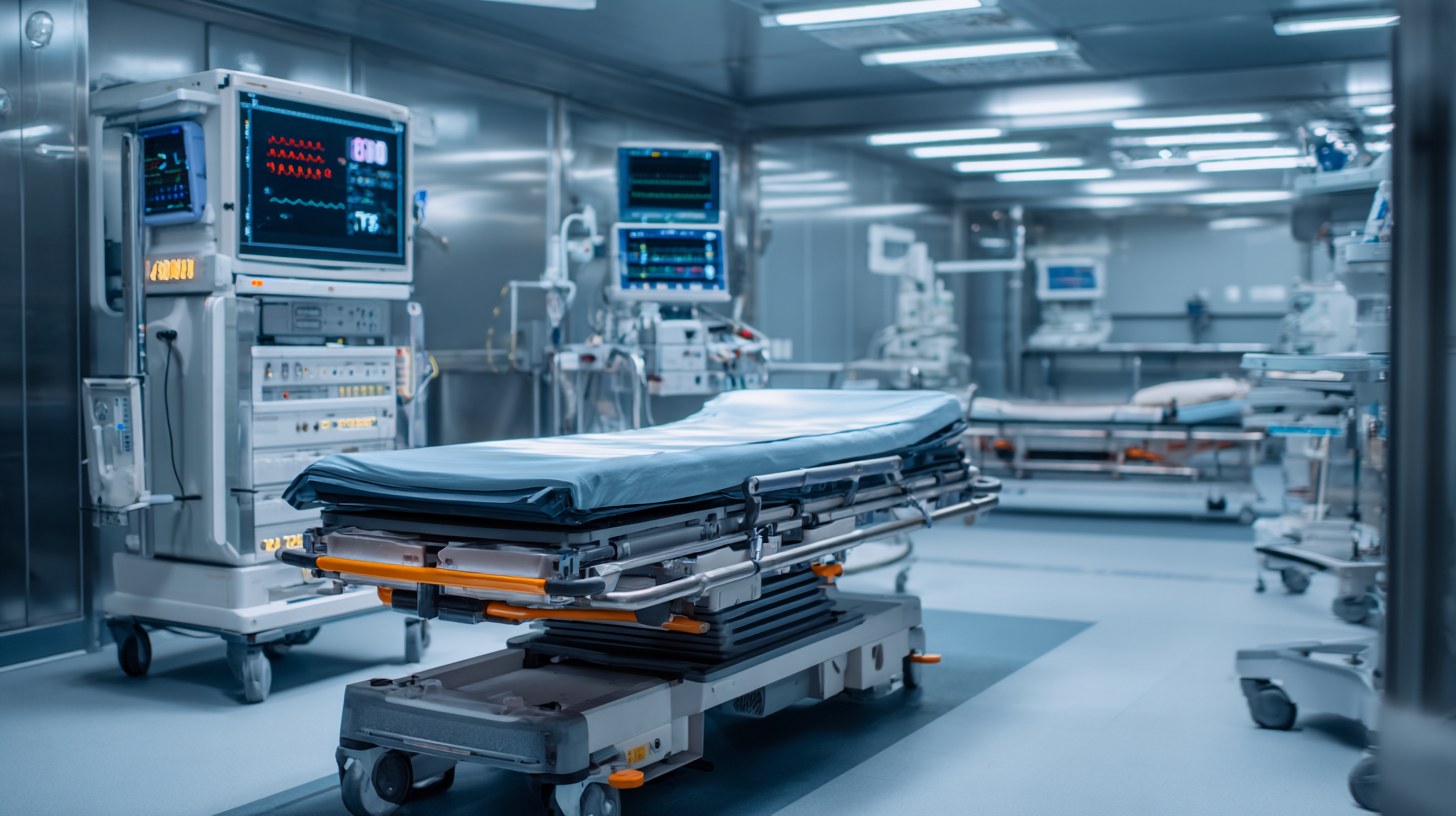
Furthermore, with the advent of technologies such as artificial intelligence and digital twin applications, the integration of certified equipment into healthcare systems can yield substantial benefits. For instance, patient data management has become more streamlined, with updates to HIPAA training requirements set for 2025 emphasizing the importance of handling medical data responsibly. Facilities that utilize certified pre-owned equipment can leverage these advancements while maintaining compliance, thereby enhancing overall operational efficiency and improving patient outcomes.
With the potential for significant cost savings, along with the necessity for reliable and compliant medical devices, the role of certified pre-owned medical equipment cannot be overstated in today’s healthcare facilities.
Key Factors to Assess When Evaluating Used Medical Equipment Quality
When evaluating the quality of used medical equipment, there are several key factors to consider to ensure your investment is sound. First and foremost, it is essential to assess the equipment's condition thoroughly. Look for signs of wear and tear, and make sure to inquire about its maintenance history. Equipment that has been well-maintained not only functions better but also has a longer lifespan, making it a more viable option for medical facilities looking to save costs.
Another critical aspect to evaluate is the equipment’s certification and compliance with industry standards. Check if the device has been inspected by relevant regulatory bodies and possesses the necessary documentation to prove its safety and efficacy. This compliance not only protects patients but also shields your facility from potential legal issues down the line. Furthermore, researching the manufacturer’s reputation can provide insights into the reliability and durability of the equipment, helping you to make a more informed decision. Selecting used medical equipment that meets these quality metrics is crucial in ensuring the safety and effectiveness of your medical practice.
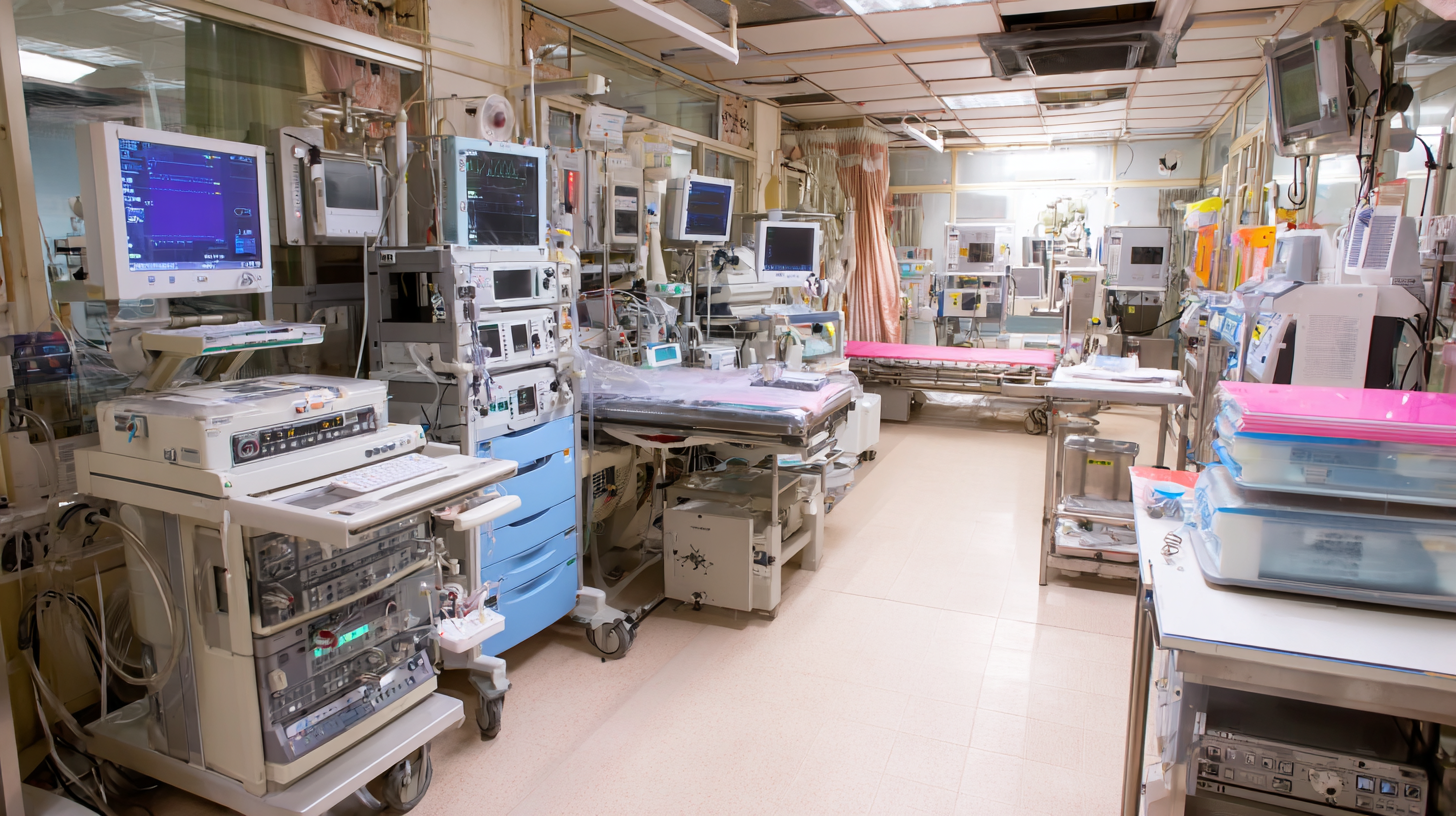
Navigating Regulatory Compliance for Purchasing Second-Hand Medical Devices
When purchasing second-hand medical devices, navigating regulatory compliance is essential to ensure safety and efficacy. The guidance provided in the "Medical Device Submissions Guidebook" highlights the importance of understanding FDA regulations, particularly the 510(k) and De Novo pathways, which are critical for verifying that used equipment meets current safety standards. This meticulous approach not only protects patients but also enhances the overall integrity of the healthcare system.
Tips:
- Always verify the seller's credentials and ensure they are licensed to sell medical equipment. This helps in avoiding fraudulent transactions and ensures that the equipment you buy adheres to regulatory standards.
- Request documentation for prior usage and any maintenance records of the device. This not only fosters transparency but also informs you about the device's operational history.
Moreover, with the rise of digital health technologies, compliance becomes even more complex. Understanding the impact these innovations have on regulatory compliance, as discussed by industry experts, can aid buyers in making informed decisions. The regulatory landscape continues to evolve, emphasizing the need for buyers to stay updated on compliance requirements to ensure that their purchases are both safe and effective.
Tips:
- Participate in industry seminars and webinars focused on regulatory updates. Staying informed will empower you to navigate compliance challenges more effectively.
- Consider engaging with legal or compliance professionals who specialize in medical devices to enhance your understanding of the regulatory landscape further.
Cost-Benefit Analysis: Comparing New vs. Used Medical Equipment Investments
When considering investments in medical equipment, a crucial factor is conducting a
cost-benefit analysis,
especially when comparing new versus
used options. The global medical imaging market is projected to grow from
USD 44.33 billion in 2025 to
USD 68.43 billion by 2032, with a
compound annual growth rate (CAGR) of 6.4%. This growth indicates a strong
demand for medical equipment, which drives prices upwards, making used equipment an
attractive alternative for many outpatient surgical centers,
especially those facing budget constraints.
For organizations looking to optimize their operational costs, used medical equipment can offer
significant savings without compromising quality.
According to recent reports, the self-care medical equipment market is estimated at
USD 163.01 billion for 2023, projected to grow at an
annual rate of 8.35% through 2031. This trend emphasizes the need for
cost-effective solutions. By carefully assessing the
necessary certifications, condition, and longevity of used equipment, healthcare providers can not only
lower their initial investment but also ensure they remain competitive
in a rapidly evolving market landscape.
Tips for Building Relationships with Reputable Medical Equipment Suppliers
Building strong relationships with reputable medical equipment suppliers is crucial for healthcare facilities looking to purchase used equipment. One of the best practices is to conduct thorough research on potential suppliers. This includes checking their credentials, reading reviews, and verifying their reputation in the industry. Engaging in conversations with other healthcare professionals who have purchased from these suppliers can provide valuable insights and help establish credibility.
Once you identify reliable suppliers, nurturing the relationship is essential. Regular communication can foster trust; consider scheduling periodic check-ins. These interactions can also open doors for better deals or special offers on equipment. Moreover, being transparent about your needs and budget will encourage suppliers to cater to your specific requirements, ensuring you receive equipment that truly fits your facility's demands. Personalizing the relationship can lead to enhanced service, quicker response times, and a preferred status when new inventory arrives.
Related Posts
-
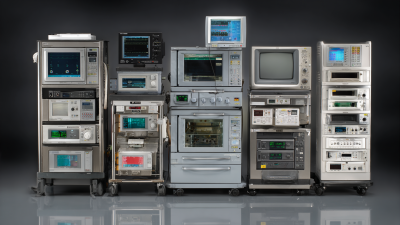
Challenges Faced When Selecting Best Used Medical Equipment for Your Facility
-
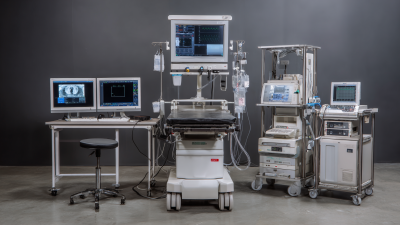
How to Choose the Right Used Medical Equipment for Your Practice
-
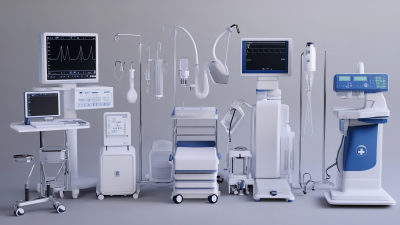
Exploring Unique Options for Sourcing Medical Equipment Globally
-

China's Resilient Growth in Medical Supplies Amid US China Tariff Parity
-
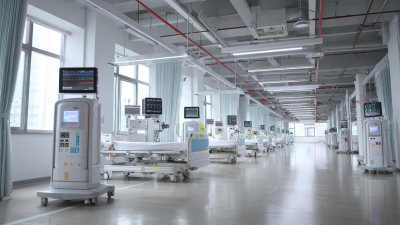
China Crafted Medical Equipment Elevating Global Standards for Quality
-

Challenges in Medical Device Design that Could Affect Patient Outcomes
